Literature Art – Where Visual and Written Language Meet
The visual and literary arts are connected. However, that may lead to some questions. What is art? Is literature art? What is an example of literary arts? All of these questions, and far more, will be elaborated on over the course of this discussion, and we will examine and explore a great many questions and aspects of this throughout this article. If you are interested in this topic and want to know about literature in art and art in literature, keep reading to find out more!
Literature in Art and Art in Literature
The relationship between the visual and literary arts has been a long-standing one, and that is what we will explore today. They have influenced one another to lead to a prevalence of literature in art and art in literature as they form a reciprocal relationship with one another. And this relationship has passed its way through the centuries to arrive at the present moment in time. So, let’s get started and have a look at how these two mediums have influenced one another over the years.

Ancient Tales in Visual Splendor: Illuminated Manuscripts
There has long been a connection between the visual arts and the literary arts, and the connection may even be longer, but we cannot know for certain. Some of the oldest visual arts are paleolithic cave paintings that appeared on the walls of the cavernous dwellings in which humans resided before we were capable of creating our own permanent structures. Those ancient humans left behind no written language, but if more historically recent oral traditions are any indication, visuals, and narratives can often coexist.
The visuals depicted upon a surface serve as a way of telling a story when writing did not exist, but performances or oral recitations could have accompanied those ancient cave paintings.
We will never know for sure, but what we do know is that some of the oldest examples of writing are accompanied by illustrations. Some of the oldest manuscripts that we have found are also illuminated manuscripts. These manuscripts started to be produced around the 5th century when the production of parchment and similar materials had become more available to those who were able to write. In some of the most ancient written sources, such as ancient Greek tablets, writing would often be somewhat laborious, and so the writing alone was all that could be produced. However, once the creation of paper and similar writing materials had become more widespread, it became possible to illustrate what was written on the page.
Many of these ancient manuscripts also include calligraphic lettering, which is an artform all on its own, but that will be discussed in more detail later in this article. However, these kinds of manuscripts were not exactly available to the general population as reading materials were not yet mass-producible, and, as a result, they were typically only available to a select few people. This is why many of the oldest illuminated manuscripts focused on topics such as religious narratives or scholarly pursuits, such as history, culture, and philosophy.

The fascinating aspect of these illuminated manuscripts is that the intricate nature of the calligraphic lettering was accompanied by stunningly detailed imagery that was often vividly colorful to accompany the words. Many of these images used a variety of influences, such as pulling from Romanesque, Byzantine, and Islamic sources while often making use of symbolic meaning that would operate alongside the textual aspects.
Some of the most stunning examples of illuminated manuscripts include the Lindisfarne Gospels, which is an 8th-century illuminated manuscript that includes the four Gospels written in Latin. The monk who illustrated this work was known as Eadfrith and he made use of various images throughout this volume.
However, many of these illuminated manuscripts have unknown authors attached to them, but they do serve as an early example of literary arts combined with visual arts.
The Renaissance Era: Humanism and Artistic Expression
During the Renaissance period, the development of numerous academic and artistic fields bloomed and developed. This era was known for a great many things, such as advancements in painting, sculpture, literature, architecture, philosophy, science, and many other pursuits. It was an immensely important period in the history of European education and artistry, and it was also an important period for the convergence of literature in art.
One of the major contributions of this era in European history was the move towards humanism, and humanism would go on to influence us into the present day. Humanism entails a focus on secular humanity. We should not look to the supernatural and/or religious elements to find ways of living our lives as moral beings, and we should instead aim towards something that focuses on the human as a being that exists within the world. This led artists to strive towards depicting human emotions, experiences, and personalities in a more realistic way than had been strived for before.

This is why Renaissance visual artists such as Caravaggio and Leonardo da Vinci sought to present realistic visual depictions whereas writers like William Shakespeare and Dante Alighieri attempted to create realistic and understandable characters who were not simply allegorical.
Even when religious ideas were depicted in their works, such as Leonardo da Vinci’s famous Last Supper (1495 – 1498), which depicts the last supper of Jesus Christ, or Dante Alighieri’s Divine Comedy (1308 – 1321), which depicts the journey through the Christian afterlife, these artists still did so through a more humanist lens. It was desirable to understand the characters, their motivations, and so on, and this would become prevalent in various forms of art, including literary arts and visual arts. Humanism would also go on to instill a certain philosophy in those who were influenced by it. They would strive for greater creativity and originality than had been expressed before because works were expected to, in some way, reflect humanity back on itself.
An important thing to take note of in the history of the visual arts with regard to narratives is that even when an image is simply an image, it often has a non-verbal story to tell.
Either that or it directly relates to a verbalized narrative. Take one of the most famous Renaissance images as an example of this: The Creation of Adam by Michelangelo (1808 – 1512). This famous fresco painted on the ceiling of the Sistine Chapel has become one of the most famous images of all time, but it depicts a biblical story. It shows the creation of Adam, the first man, by a depiction of a Christian version of god. Without knowing that narrative, that piece of writing, it’s simply an old man and a younger man nearly touching fingers. It would be stripped of its context if the literary art did not exist behind it.
Depicting Myths and Epics on Canvas
Some of the most common elements of many classical paintings are their focus on mythological imagery. These images could be from long-dead mythologies, such as a fixation on Greek mythology that has been prevalent in European culture to this day, to more contemporary mythologies, such as those found in active religions like Christianity. All religions have narratives to tell, and those narratives have been repeatedly depicted on canvases and other surfaces. The Creation of Adam fresco has already been mentioned above, but various paintings depict characters from mythological narratives, such as The Birth of Venus by Sandro Botticelli (1485) or Crucifixion by Giovanni Bellini (1455 – 1460).

The depiction of figures from ancient and contemporary religions has been a clear source of inspiration for visual artists for centuries, and it can still be seen to this day. A simple reason that could be understood with regards to why so many visual artists would choose to focus on mythological narratives, which also often include examples of epic stories, such as the works of Homer, is because of an inherent connection between the completed artwork and the viewer. It is more likely that you, as a viewer, will be familiar with a story you may have already heard.
If one were to depict a character on a cross, one would likely know that it’s a Christian image, but a random character in a portrait may not hold that same connection.
One may still find it to be beautiful, but it will not attain an immediate connection in the same sense. For this reason, images have often been used to supplement literary art, such as the already mentioned illuminated manuscripts. Sometimes people pretend that “pictures in books” indicates a childlike need for images over text, but we’ve been inserting images into text for about as long as text has existed.
Literary Themes in Symbolism and Allegory
There are a variety of concepts that, while available in visual art mediums, are often considered to be the domain of the literary arts, but literary themes such as symbolism and allegory are found just as often in the visual arts. This is simply another example of literature in art and art in literature. Symbolism simply refers to something serving as a representation of something else while an allegory is a piece of art that, in some way, makes use of symbolic representations on a broad scale to tell some kind of a narrative.

Symbolism is found everywhere. Something that represents something else but technically has little or no meaning on its own is something of a basis of the academic field of semiotics, and one can find it in artistic and cultural sources throughout the world. Let’s take the example of the Christian cross as an example. It represents Christianity and, more specifically, the biblical narrative known as the Passion of Christ. However, a cross does not mean anything on its own. If Jesus Christ had been executed via some other apparatus, then the cross may never have attained the meaning that it now possesses. It has no meaning on its own, we have given it a deeper symbolic meaning.
For this reason, various symbols are often in plain sight in many examples of visual arts. Something like Starry Night by Vincent van Gogh (1889) presents a symbolic representation of the starry sky that was influenced by emotion rather than realistic depiction. When viewing something like Starry Night, one can immediately identify what it is, but it does not actually look like a starry night. A photograph of a starry night would have considerably less personalized emotion dripping out of it, but we see what someone was thinking when they paint something like that.
There are also examples of highly allegorical visuals being used as a supplement for narrative stories.
Perhaps the easiest example, in the present day, of “literature in art” is the graphic novel. One of the most famous instances of this medium from an allegorical perspective is Art Spiegelman’s Maus (1980 – 1991), which depicts the life of a Holocaust survivor. However, the Jewish people are portrayed as rats while the Nazis are portrayed as cats. We fundamentally understand the long-running relationship between cats and rats as the former is the hunter of the latter, and so this depiction is a powerful allegorical one. It was not strictly necessary to depict it this way, but the symbolic layers add to the narrative and the visual art.
Artistic Book Covers and Illustrations: Enhancing the Reading Experience
Once upon a time, book covers were relatively dull. Ancient texts were generally leather-bound tomes with the title scribbled onto the front of it. However, that has changed in more recent decades. It has now become practically mandatory for a book to have a cover of some kind, and the better the cover, the more likely one may be to pick up said book. We are all told to never judge a book by its cover, but if something has a terrible cover, then those who were in charge of publishing said book likely didn’t know what they were doing. So, can you really trust them?
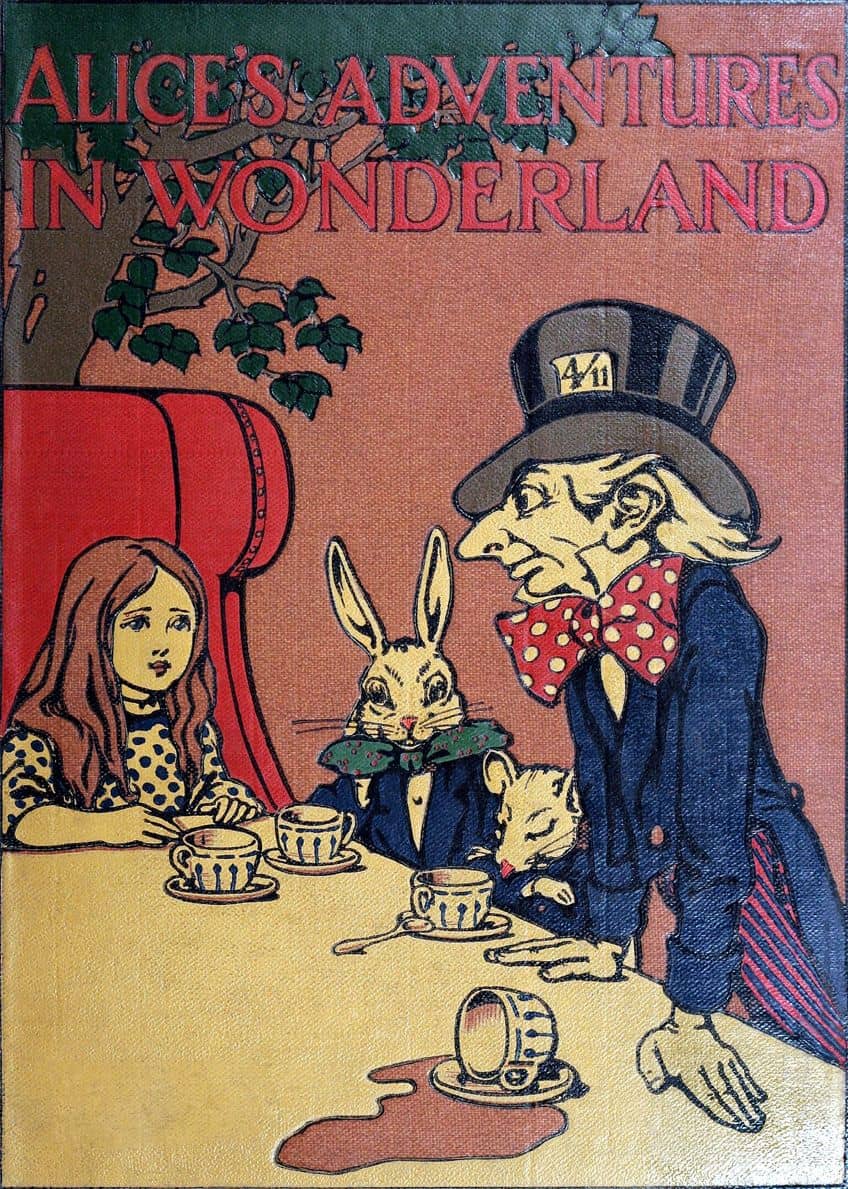
Obviously, one does not actually need a pretty cover, but it has been found that a cover can catch someone’s attention and perhaps even get them to purchase said book. Literature in art and art in literature are two-way streets with one another. A good cover can heighten a work that already exists and present the potential reader with something special. For instance, many of the covers of something like Alice’s Adventures in Wonderland by Lewis Carroll (1865) will include whimsical illustrations that match the contents of the book.
Which is essentially a visual way of saying: “Hey, do you want to see what story matches this cover?”
The Art of Literary Portraits
One of the most fascinating things about the literary arts is that many people, even though they are simply reading a text when reading something like a novel, still often want to see what the author looks like. In the old days, this could mean including a print that represented the author, but it is far more common in the modern age for photographs to be affixed to a number of different books. Some of the oldest of these kinds of portraits would often exist to simply present the reader with a distinguished image of the writer, but in more recent years, it has become a personalized aspect.
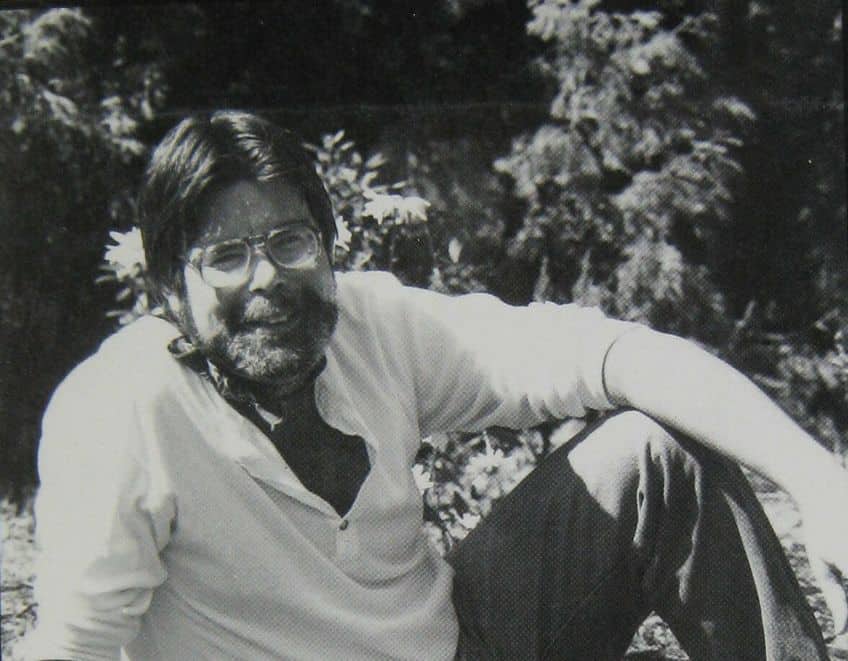
For instance, it is common for many novels to feature an author’s photo on either the cover or on the sleeve, and this photograph will often be taken by a professional photographer. However, there are also instances of author portraits being something like those in Stephen King’s novels. The author’s portraits in his novels are taken by Tabitha King, his wife, and this adds an extra layer of personality to that image.
It wasn’t done in a stuffy studio; it was done by someone whom that author loves. We like to see the people we are reading.
Modernism and the Avant-Garde: Breaking Boundaries
Literature in art and art in literature is a fascinating thing because they often operate alongside one another. When the visual arts experiment, so do the literary arts, and vice versa. When movements arise, they often operate alongside one another. This can be seen in the various movements that were birthed during the modern period, such as Modernism and Avant-Garde literature alongside Cubist and Surrealist visual arts. Every form of art has its own experimentation, but one can often see distinct similarities between various artforms in their historical development.

Modernist literature, and the resulting philosophy that came with it, emphasized a new kind of narrative presentation that was based on a more personal form of expression. This could be seen in narrative techniques such as stream-of-consciousness stories, nonlinear narratives, and free verse poetry. All of these literary arts focused on the inherent complexity and difficulty of living with a subjective existence, and feelings such as these transferred to the many artists who operated along similar lines.
The very nature of the avant-garde movement is that there were attempts at doing something new, and this is why one can see aspects of literature in art and philosophy in art when artists such as Marcel Duchamp presents a readymade urinal as a sculpture. All he has done is sign the urinal and named it Fountain (1917), but this porcelain urinal asks us a question. It questions us and challenges us about what can and cannot be considered a piece of art. It speaks to us. It tells the story of art creation, appreciation, and critique.
It forces us to think about these topics, to tell our own stories, and to try to understand metaphysical questions like: “What is art?”
While issues and questions such as these are not for everyone, they certainly did lead to extensive collaboration between visual artists and writers over the years. There have been numerous instances of individuals from across different mediums working with one another on each other’s work and on new projects. For instance, a number of individuals are forced to collaborate with one another in the inherently modern medium of film as it cannot ordinarily be created alone.
Surrealism: The Fusion of Dreams and Words
One of the biggest artistic influences of the first half of the 20th century was the Surrealist movement. While there were many famous visual artists who engaged in this particular form, surrealism would become closely associated with the literary arts too. The fundamental way in which surrealist visual arts imagined a world that was distorted and changed from reality is one that had a major influence on writers.

Many surrealist paintings would go towards an image of dreamlike imagination. They would explore the immensely subjective and the illogical or even disturbing. Visual artists who painted in the Surrealist tradition created many techniques to exhibit ideas such as fragmentation, juxtaposition, and repetition. These kinds of themes would go on to influence writers.
Perhaps one of the most famous examples of a surrealist text is The Metamorphosis by Franz Kafka (1915). This text produces vivid imagery as the protagonist of the narrative, Gregor Samsa, awakes one morning to find that he has been transformed into an insect-like creature of some kind. He does not wonder how this has happened. Instead, he is only concerned that his new state of being will lead to him being late for work. The surreal imagery and the absurd worries lead one towards a truly bizarre yet powerfully philosophical tale that cannot help but both require and refute visual representation. Kafka himself was against depicting the creature, but visuals abound today.
One cannot help but wish to see a visual representation of the creature that was once Gregor Samsa.
The Intersection of Poetry and Abstract Art
Poetry has a bit of a reputation. While there certainly are poems that are very clear with what they want to say, many are not. Perhaps some of the best examples would be the immensely complex poems such as T.S. Eliot’s The Wasteland (1922), which requires complex research and reading to understand it (and even then, you may be wrong). Examples such as this, and many shorter and more emotive poems, are quite abstract in their approach.
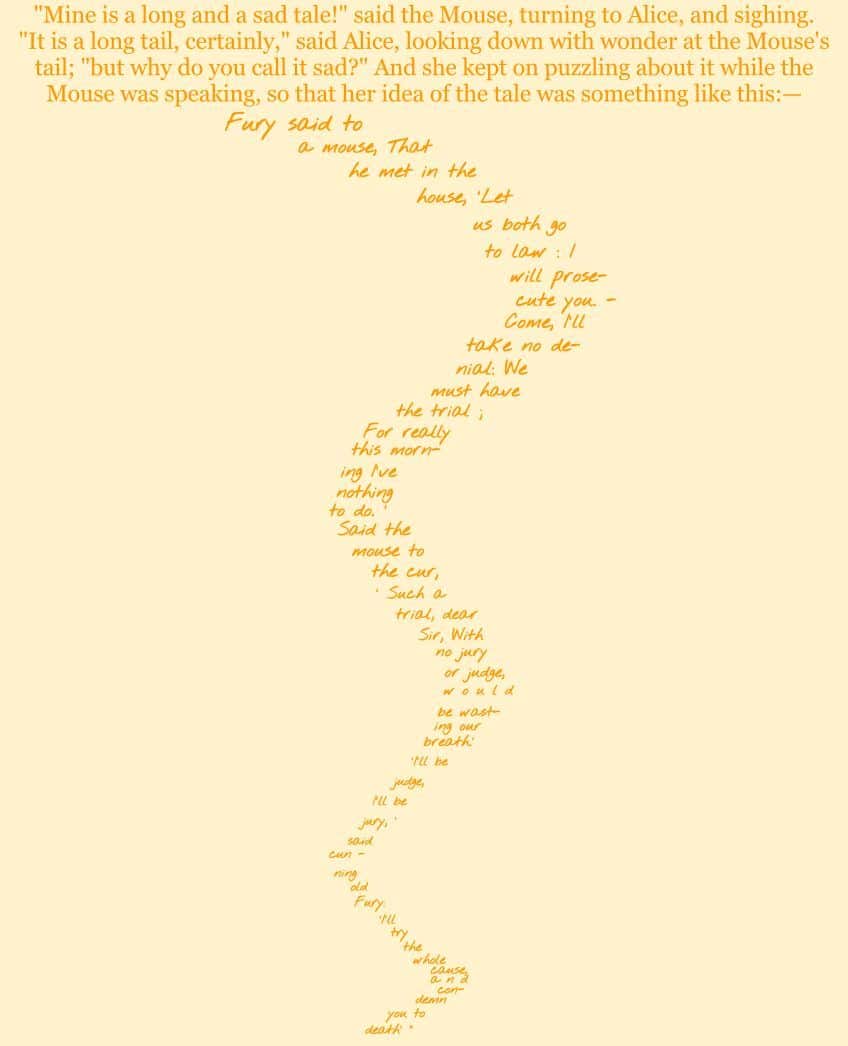
Abstract art also tends to have a bit of a reputation with certain people because it frequently receives the complaint that “I could have done that”. However, this is not actually the case. Most would not be able to produce an abstract work regardless of the derision, but abstract works, in both visual and literary artforms, are not necessarily intended to be directly representative of something tangible. It expresses a feeling, an idea, an emotion. Sometimes, the abstract can be incomprehensible, but the world is often incomprehensible. Especially the more you learn about it. Non-representational images or words can allow us to project ourselves onto something, to perhaps see what we want to see, or even what we need to see.
In this, the abstract visual and literary arts can be in unison with one another.
Perhaps one of the best poets to make use of more abstract representations, as well as instilling an inherent visual component in his work, was ee cummings. This figure made fascinating use of typography, the shape of the poem itself, to create a certain jarring feeling in the reader. Playing with space allows for something new and unique to exist, and even if you do not directly understand it in the traditional sense, you can still feel something because of it.
Art Inspired by Classic Literature: Shakespeare, Cervantes, and More
It is impossible to overstate the immense influence of various instances of literature that have become sources of inspiration for artworks. A powerful example of literary arts can easily transcend a medium and lead visual artists to attempt to depict it. We have already discussed how this is the case with various religious texts and such, but it is also the case with numerous writers of fiction.

Characters and events from narratives like William Shakespeare’s Hamlet (1599 – 1601), Miquel de Cervantes’ Don Quixote (1605 – 1615), and George Orwell’s Nineteen Eighty-Four (1949) have inspired countless artworks and other pieces of literature. Dystopian imagery in general is basically always a callback to Orwell’s classic tale, depictions of windmills are often used to call attention to the themes of Cervantes’ classic text, and the image of a woman drowning can often be used as a reference to Ophelia from Hamlet. These literary artworks and many others have served as direct inspiration for many different instances of visual arts. They often have a kind of timeless appeal that allows them to be repeatedly used and iterated upon.
The themes in these texts continue to inspire, and they will likely continue to inspire well into the future.
The Written Word As Art: Calligraphy and Typography
We can often get caught up in questions like, “Is literature art?”, but what about writing itself? Is one’s handwriting not a possible medium for a form of artistic expression? We all know about people with terrible handwriting, but we also know about those with gorgeous handwriting. Those skilled in calligraphy can make simple writing into something gorgeous. In addition, calligraphy has been used as an artform on its own since ancient times.

Today, calligraphy may not have that same level of prestige that it once held, but it has continued to be a way to express oneself through something as seemingly mundane as writing down a few notes or a letter. Calligraphy has also gone on to inspire more modern typography in design, and design is certainly a form of visual art. So, not only have narratives inspired pieces of visual art, but there is literally literature in art in the form of the words themselves and how they have been calligraphically produced.
Contemporary Art and Literary Themes: Challenges and Diversification
Art and literature, as has been discussed extensively throughout this article, have always existed in a relationship with one another. As has been stated, there is art in literature and literature in art. This has not changed in the present day. Art is still used in many cases to explore literary narratives or themes. The proliferation of fan art in online spaces is a good indication of this. When someone makes a landscape inspired by The Lord of the Rings, they are inherently evoking that narrative for their imagery. They are attaching themselves to that other medium.
In fact, many contemporary digital artists essentially get their start by creating their own versions of existing literary characters and events.
Although this may require a further expansion on the definitions of “literature” to include other narrative artforms in other mediums, such as film and video games. However, the internet is full of these transformative pieces, and this can allow one to attain an audience by tapping into an existing audience and then transitioning further into original materials.
Perhaps the easiest way to see this is in music. Practically every band starts out by doing covers of popular songs, and once the band itself has gained enough of a following, it can start performing its own music while retaining an audience. This shared artistic world in which various mediums interact with one another is a perfect example of the way in which various artforms are simply working in tandem with one another, and so a separation into what is art and what is not art being ultimately futile questions. We like to ask questions like, “Is literature art?”, but the answer does not ultimately matter if people are treating it as a form of art.
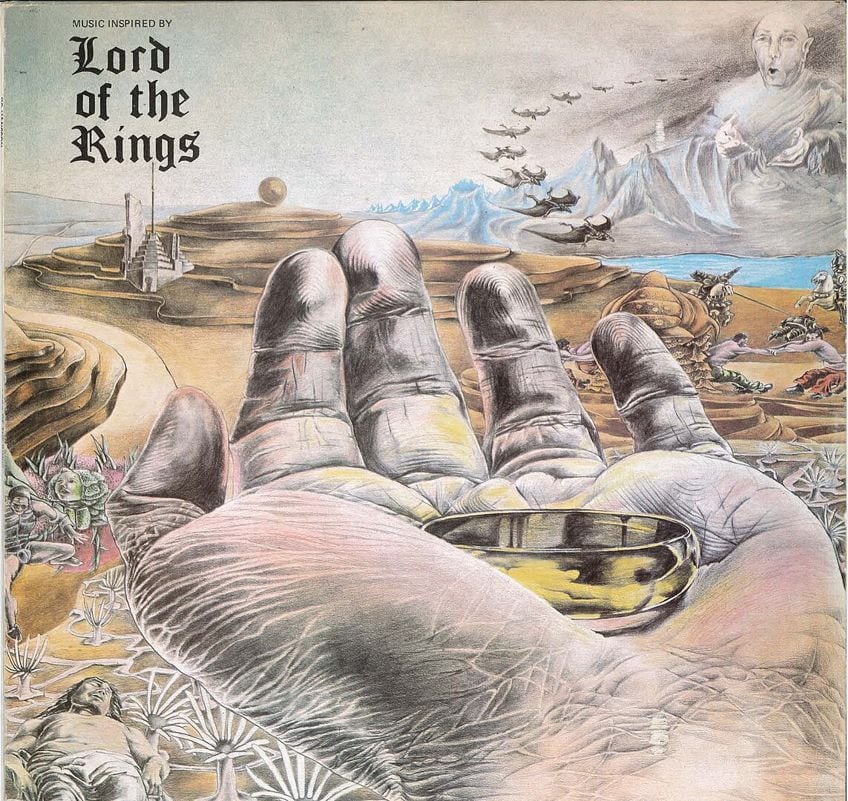
In addition to this, many contemporary artists tend to be in favor of collaboration as well as tackling various topics that are worth exploring. While ancient art may have become fixated on religious imagery as something to connect with people, contemporary artists often situate their art around political and social questions. Social justice is an especially prevalent topic in many visual and literary arts.
With that final point, we come to the conclusion of this look at literature in art and art in literature. These concepts are in a reciprocal relationship with one another. We may ask ourselves questions like, “Are books considered art?”, but as there is art in literature and literature in art, this becomes a less pressing question. They are all art, and they are all literature, in a sense. Today, we looked at a number of different forms of art and how they intersect with other mediums. We took examples of literary arts and used them to discuss the visual and literary arts in far more detail. So, hopefully, you will go away from this response with a greater appreciation for art in literature and literature in art.
Frequently Asked Questions
What Is Literature?
Literature is an incredibly broad term, but it essentially refers to a number of different mediums through which oral, but generally written expression, is told. Literature includes forms such as prose, poetry, drama, and certain other artforms that can be deemed to be literary in some sense. For instance, films make use of narratives, and narratives are typically the domain of prose. So, one could argue that film is a literary art. However, other artforms are incorporated into it.
How Are the Visual Arts Used in Literature?
Visual arts can be used in the literary arts through many different means, such as through illustrations. However, there is a long-standing relationship between practically every artistic form, as they all influence one another. There is literature in art, art in literature, literature in music, and so on. For instance, many classical composers were influenced by existing narratives. The same is true of literature and the visual arts.
When Did Visual Arts Start Being Used in Literature?
It is possible that ancient cave paintings would have included performative components that entailed narratives. However, as the oral tradition in literature predates the written word by a very long time, we cannot know this for certain. However, the earliest writing systems could also be called visual arts, such as ancient Egyptian hieroglyphics. Even later writing systems, such as the two main Japanese syllabic alphabets, were designed to be aesthetically appealing.
Is Literature Art?
This is often a particularly loaded question. It depends on whom you ask and how you were to define terms like art. If one were to only define art as a visual expression, then only images are artforms. However, if the term art instead refers to creative expression by human beings, then the category of art increases to include a number of other mediums, such as literature, film, music, video games, and many others.
Are Books Considered Art by the General Public?
This question may seem similar to the above, but it is actually different. One could argue about the definition of art from a metaphysical perspective and debate the parameters of what is and is not art, but in common usage, the term art usually refers to visual arts. We call paintings art and we call books literature. However, if one were to start a debate about this, then definitions could change.
Justin van Huyssteen is a freelance writer, novelist, and academic originally from Cape Town, South Africa. At present, he has a bachelor’s degree in English and literary theory and an honor’s degree in literary theory. He is currently working towards his master’s degree in literary theory with a focus on animal studies, critical theory, and semiotics within literature. As a novelist and freelancer, he often writes under the pen name L.C. Lupus.
Justin’s preferred literary movements include modern and postmodern literature with literary fiction and genre fiction like sci-fi, post-apocalyptic, and horror being of particular interest. His academia extends to his interest in prose and narratology. He enjoys analyzing a variety of mediums through a literary lens, such as graphic novels, film, and video games.
Justin is working for artincontext.org as an author and content writer since 2022. He is responsible for all blog posts about architecture, literature and poetry.
Learn more about Justin van Huyssteen and the Art in Context Team.
Cite this Article
Justin, van Huyssteen, “Literature Art – Where Visual and Written Language Meet.” Art in Context. November 3, 2023. URL: https://artincontext.org/literature-art/
van Huyssteen, J. (2023, 3 November). Literature Art – Where Visual and Written Language Meet. Art in Context. https://artincontext.org/literature-art/
van Huyssteen, Justin. “Literature Art – Where Visual and Written Language Meet.” Art in Context, November 3, 2023. https://artincontext.org/literature-art/.





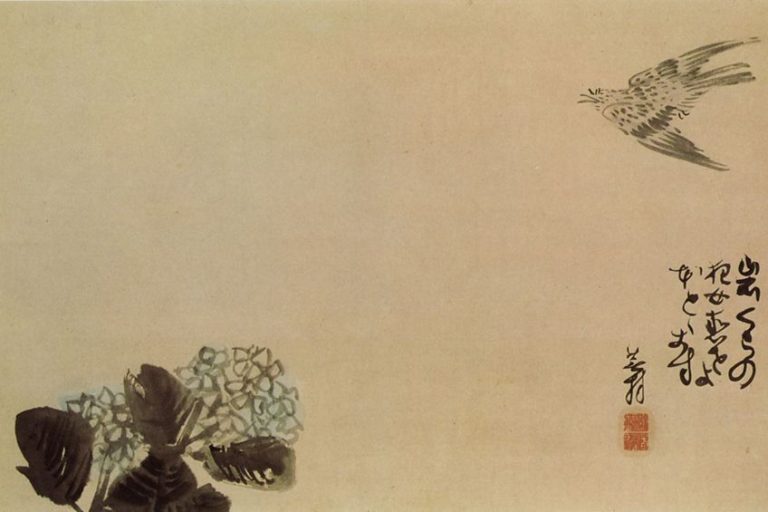
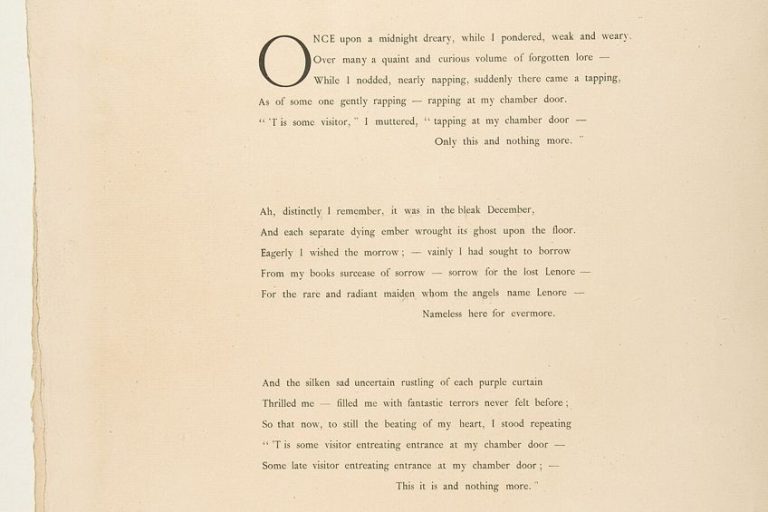



I am using this page in my English Literature I & II classes. My students will be choosing a book and a scene in that book to create a piece of literary art and then explain that scene in writing.
Hi Daniel, thank you very much for your feedback, it’s great to hear that you’re using our page for your Literature classes :-).